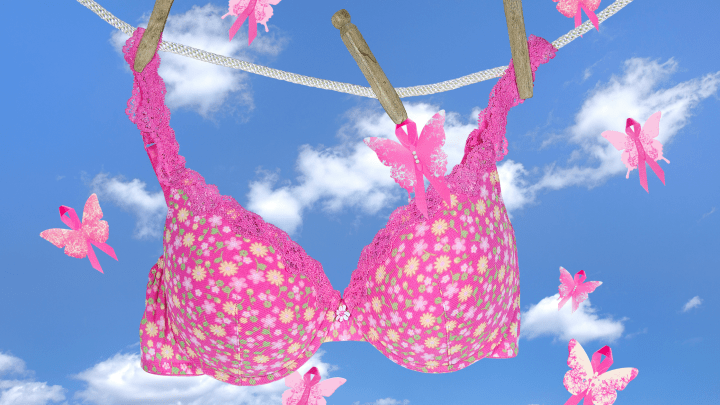Cancer – the word invokes fear in almost everyone that hears it. Whether lung, colon or rectal, prostate, skin, or breast, cancer is an insidious disease that affects millions of people worldwide each year. Most of us know someone who has battled some form of cancer or, like me, have dealt with the disease first hand.
According to Cancer.gov, breast cancer is the most prevalent form of the disease, with more than 279,100 new cases in the United States in 2020 and more than 42,000 deaths. Several women in my family have battled breast cancer, including my 97-year-old aunt, who has fought and beaten the disease three times.

Breast cancer is also the most advertised form of the disease. Awareness and prevention efforts by former First Lady Betty Ford, the American Cancer Society, and organizations like the Susan G. Komen foundation were critical in developing national breast cancer awareness campaigns.
In 1985, the federal government recognized October as breast cancer awareness month. An annual campaign designed to increase individual awareness of breast cancer. Each October, we see an increase in commercials and business advocation, all focused on breast cancer awareness. Professional sports teams all wear pink, and businesses hold events within their companies or stores to drive a narrative of awareness and raise money for research and treatment.
Enter Social Media

Mahoney and Tang (2017) highlight how, with the advent of social media, breast cancer awareness efforts have taken on a new twist. Ericka Koehler with EK Marketing, published a blog related to Facebook breast cancer awareness memes. Rather than focusing on marches and rallies, FaceBook developed campaigns to reach a wider audience. Some online awareness efforts involve memes where women provide their first name and the color of their bra. Other efforts asked women to change their Facebook status to the location where they like to store their purses. For instance, “I like it on the floor,” or “I do it in the closet.”
While these awareness campaigns are catchy, some argue they sexualize a severe illness and detract from actual awareness and education efforts. The American Cancer Society, Susan G. Komen, Mayo Clinic, and others argue that breast cancer awareness month should focus less on awareness and more on preventing and treating the disease. Having a better understanding of how the disease develops, is detected, treated, survival rates, and new and developing technologies can move the general populace from awareness to a position of advocacy and action.
The power of social media marketing can play a critical role in helping drive culture shift. Business and social media platforms like Facebook, Twitter, Pinterest, Parler, and Snapchat can lead through fund-raising, community action, and education. These platforms could highlight areas within local communities where people can volunteer and fund-raise cancer research and treatment support.
Together, we can beat this disease!
References
Koehler, E. (2020, October 9). Retrieved from https://ekmarketingblog.com/2020/10/09/case-study-the-facebook-breast-cancer-meme/.
Mahoney, T., & Tang, T. (2017). Strategic Social Media: From Marketing to Social Change.
